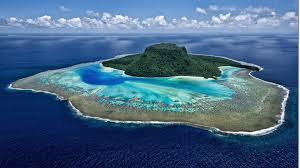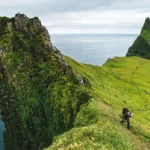Traveling to the world’s most isolated islands is an experience unlike any other. These remote locations often require meticulous planning and a spirit of adventure, as they promise not only breathtaking beauty but also challenges that come with their seclusion. From logistics to local culture, here’s a guide to what you can expect when embarking on a journey to these far-off places.
1. The Journey Itself: Getting to an Isolated Island
The first challenge you’ll encounter when traveling to an isolated island is simply getting there. Many of these destinations are off the grid, and access can be limited. Flights may be scarce, and connections can involve a series of stops, sometimes requiring multiple planes, boats, or even helicopters. For example, to reach Tristan da Cunha, one of the most remote inhabited islands in the world, travelers must take a ship from South Africa, a journey that can take up to a week.
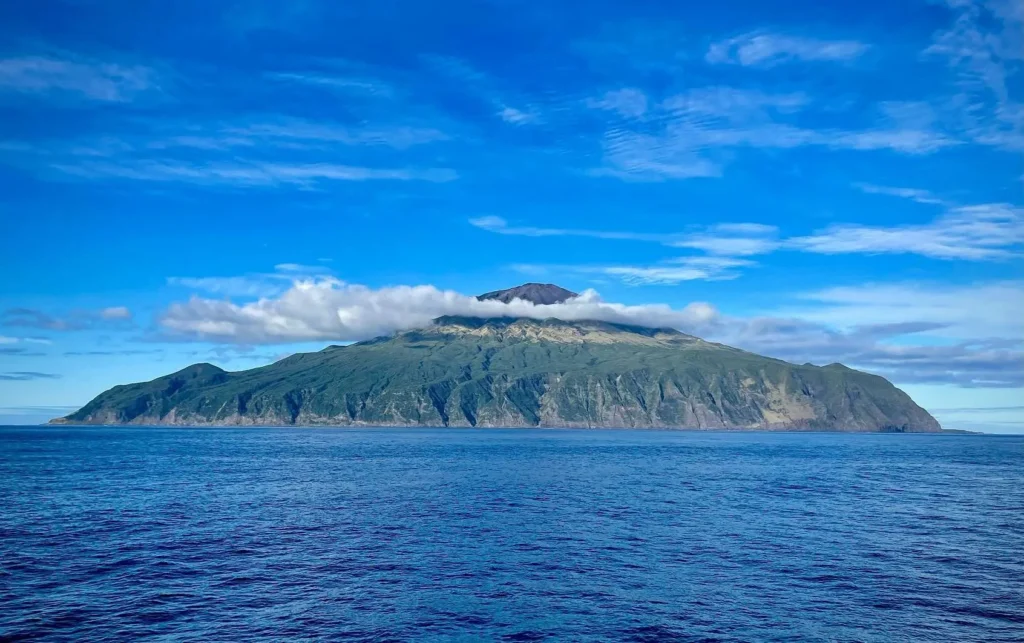
In some cases, islands are only accessible via private boat, requiring careful coordination with local operators. Pitcairn Island in the South Pacific is only reachable by a weekly ferry from Mangareva, an island about 500 miles away, and the trip is notorious for being rocky and unpredictable. As a traveler, you’ll need to be prepared for the possibility of delays, rough seas, or unpredictable weather. Being flexible with your itinerary is crucial when venturing to these remote destinations.
2. Limited Infrastructure and Accommodations
Expect minimal infrastructure on isolated islands. You’ll likely find few modern amenities and accommodations. On many islands, lodging options are limited to guesthouses, homestays, or small eco-lodges. For instance, Ascension Island, a British overseas territory in the South Atlantic, has only a handful of hotels and guesthouses, with most visitors staying in modest, functional accommodations.
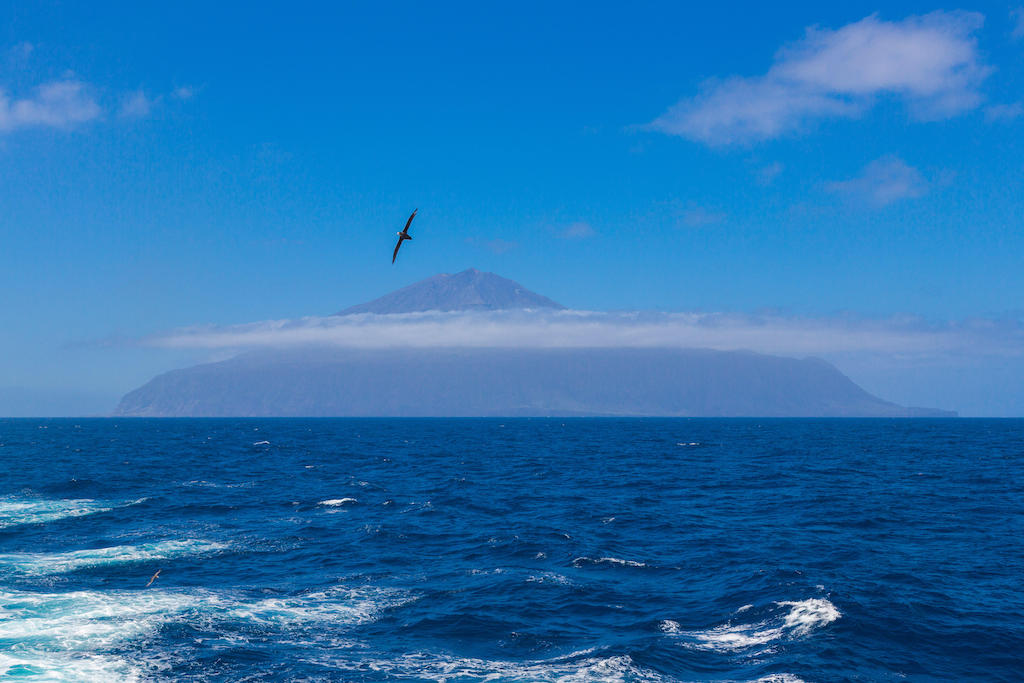
Electricity and internet access can be unreliable, or entirely unavailable in some cases. If you’re traveling to an island like Saint Helena in the South Atlantic, you’ll find that Wi-Fi is available but can be slow, making it a perfect destination for digital detoxing. It’s important to pack accordingly, bringing any necessary supplies, including medications, toiletries, and snacks, as these might not be readily available.
While some isolated islands have embraced eco-tourism and developed sustainable infrastructure, you should always go prepared for an experience that prioritizes nature over convenience. Bring a sturdy, well-stocked travel bag, and if you’re traveling to an island with limited resources, consider purchasing travel insurance that covers unexpected delays or cancellations.
3. Interaction with Local Communities
Visiting isolated islands offers a rare opportunity to connect with local communities that live in harmony with the land and sea, often leading vastly different lives from those of us on the mainland. These communities tend to be small, sometimes numbering only a few hundred people, and their way of life can be deeply influenced by their environment.

For example, Easter Island (Rapa Nui), located in the southeastern Pacific Ocean, is famous for its Moai statues and Polynesian culture. The island’s small population lives primarily off tourism and fishing. When you visit, you’ll likely interact with locals who are proud of their heritage and eager to share their stories. The islanders are often very welcoming, but they also have a strong sense of pride in their culture, which can translate into some strong opinions about the preservation of their land and traditions.
On the isolated Svalbard archipelago in Norway, you’ll meet hardy locals who have adapted to life in one of the most extreme environments on Earth. Here, the population is small, and the landscape is dominated by ice and snow. The island’s residents are accustomed to long winters and 24-hour daylight in the summer, and you’ll find that they maintain a close relationship with the land and wildlife.
Despite the small size of the population, many isolated islands boast rich cultural experiences. From traditional dances and music to local foods and crafts, these communities often retain ancient customs. Be prepared to ask questions and learn as much as you can from the people you meet—this is one of the best ways to connect with the island and its culture.
4. Breathtaking Nature and Wildlife
One of the main reasons people seek out remote islands is for their pristine natural environments. These islands often remain untouched by mass tourism, allowing you to witness nature in its most raw and unspoiled form.
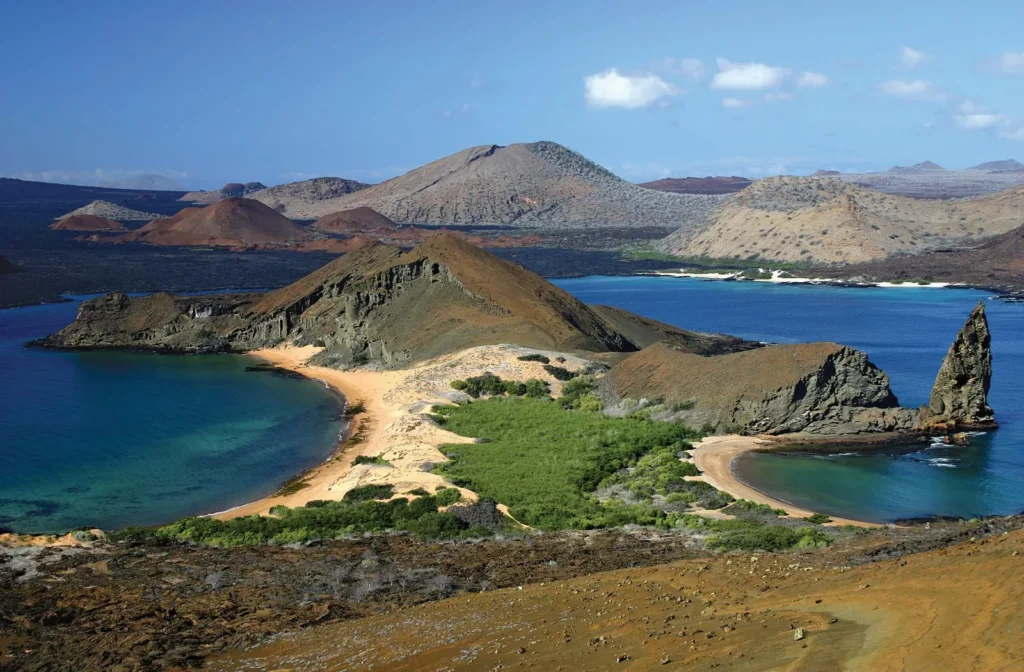
The landscapes vary dramatically depending on the location. For example, Galápagos Islands, located off the coast of Ecuador, are famous for their unique wildlife and volcanic landscapes. The islands have been largely protected from development, offering a glimpse into ecosystems that have evolved in isolation for millions of years. Expect to encounter animals that are often unafraid of humans, such as giant tortoises, marine iguanas, and blue-footed boobies.
In contrast, Norfolk Island, a small landmass in the Pacific Ocean, is home to rare species like the Norfolk Island pine and the Norfolk Island green parrot. This lush, sub-tropical paradise offers stunning cliff views, tranquil beaches, and a wealth of hiking opportunities.
Some of the most isolated islands, like Kerguelen Islands in the Southern Ocean, are home to vast seabird colonies and even seals. On a trip there, you might find yourself alone on a beach, watching penguins waddle across the ice without another soul in sight. Wildlife viewing in these areas offers a surreal, almost mystical experience, where humans are mere visitors to an ecosystem that thrives without interference.
However, accessing these natural wonders requires careful planning. Be mindful of the weather conditions, as many remote islands are prone to storms, fog, or extreme temperatures that can limit your ability to explore. Always follow local guidelines to ensure that your presence doesn’t disturb the delicate balance of nature.
5. Unique Cultural and Historical Landmarks
Many remote islands are also home to fascinating historical landmarks, from ancient ruins to remnants of colonial influence. The islands of the Marquesas in French Polynesia are known for their incredible archaeological sites, including ancient tiki statues and stone platforms that served as ceremonial sites for the Polynesian people.
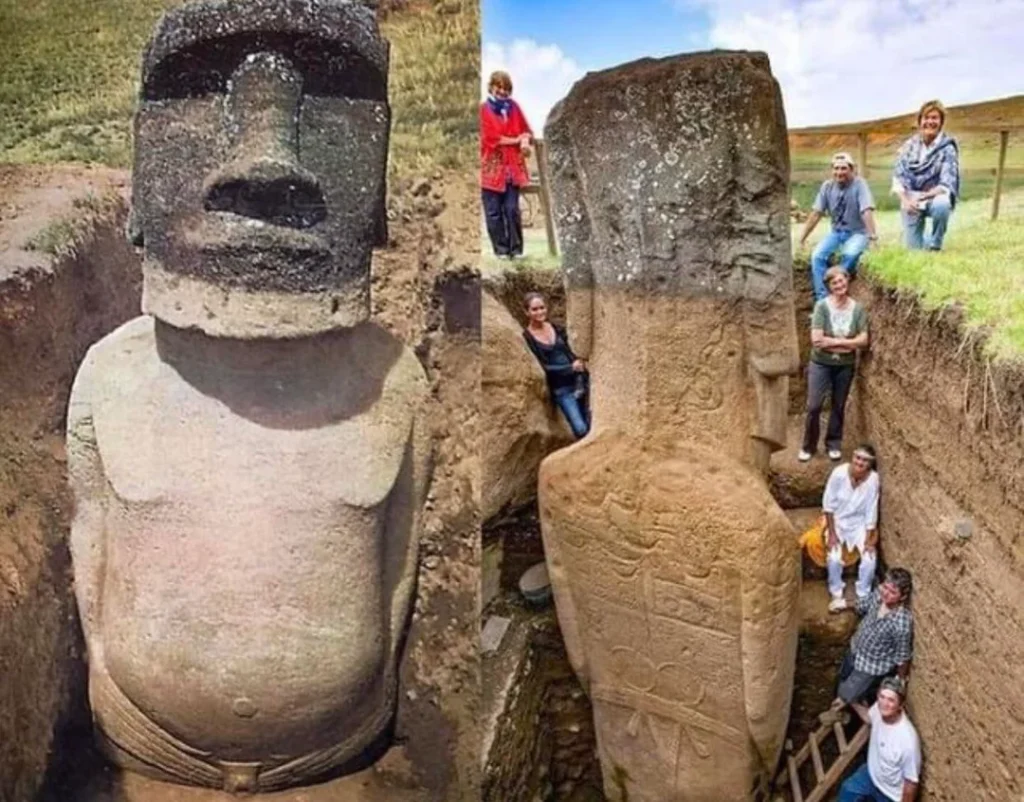
On Easter Island, the Moai statues are perhaps the most famous cultural landmark. These monolithic figures, created between 1400 and 1650 CE, still evoke a sense of wonder as they stand on the island’s craggy hillsides. Visiting these ancient sites requires patience and respect, as they are integral to the island’s cultural identity and heritage.
Other islands, such as Chiloé Island in Chile, are steeped in local folklore. With a rich tradition of myths and legends, Chiloé’s wooden churches, a UNESCO World Heritage Site, are marvels of colonial-era craftsmanship, and the island’s history as a center of Christianity in southern Chile is evident in the architecture and local customs.
Exploring these sites gives you the chance to experience the stories of the islands firsthand. Often, local guides offer rich narratives about the significance of the landmarks and their history, making it a learning experience as much as an adventure.

